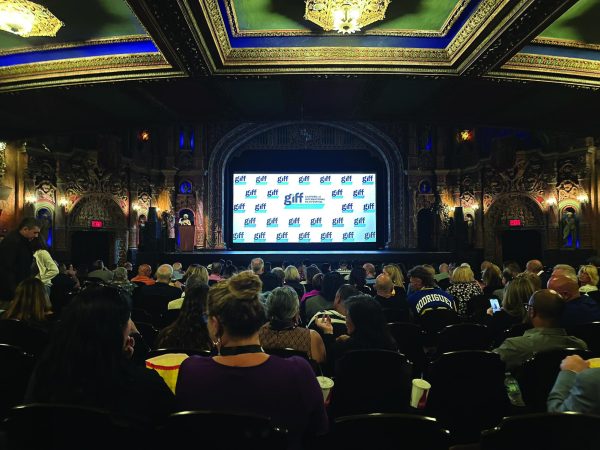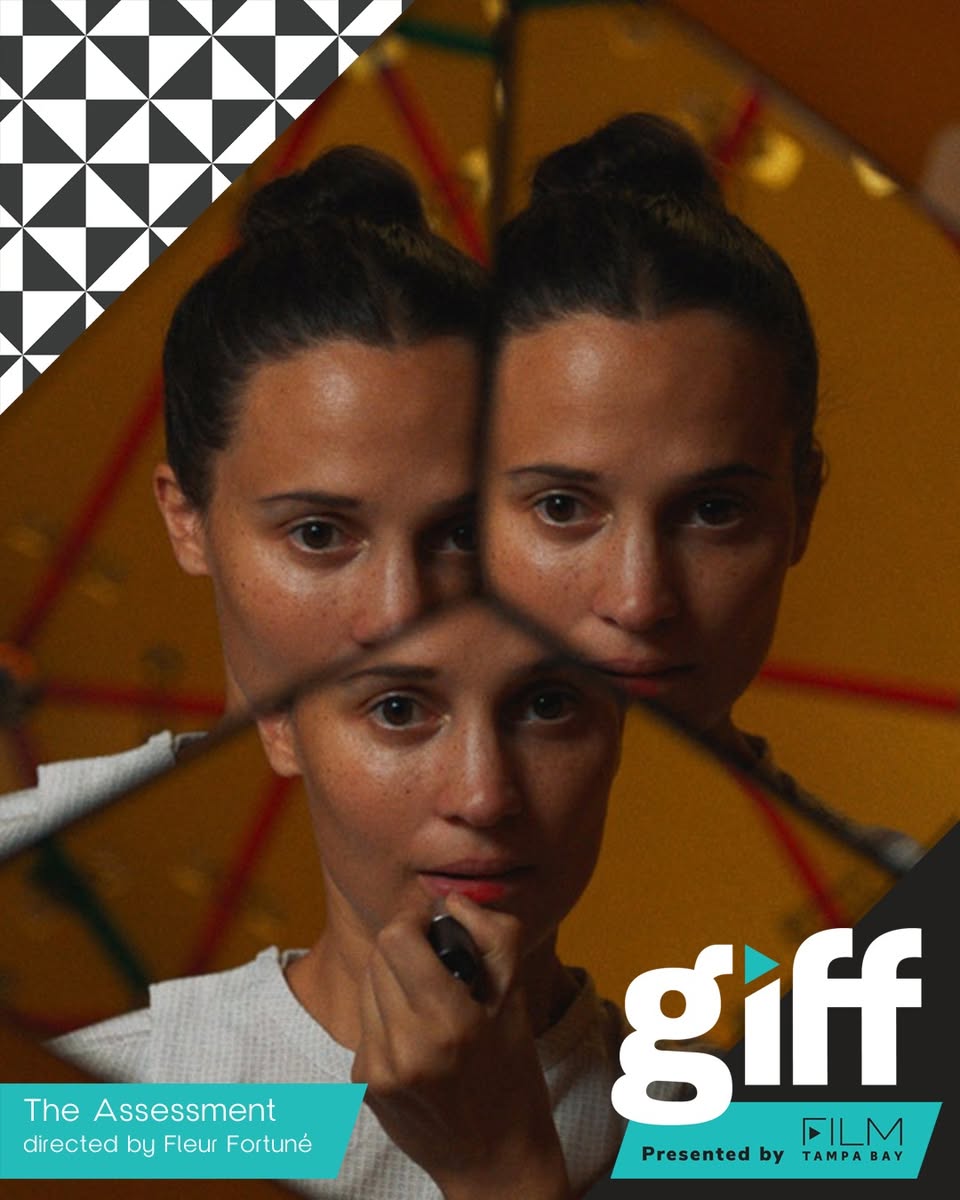“The Assessment”

Directed by Fleur Fortune, the film “The Assessment” is a dystopian sci-fi thriller set in a near-future world where parenthood is strictly regulated. Couples wishing to have children must undergo an extensive seven-day evaluation to determine their suitability for parenthood.
The narrative centers on Mia, played by Elizabeth Olsen, and Ayan, portrayed by Himesh Patel, as they endure this intense assessment conducted by their unsettling assessor, Virginia, played by Alicia Vikander. As the evaluation progresses, Virginia’s behavior becomes increasingly intrusive and unexpected. The couple faces challenges both together and individually, revealing deeper societal and personal issues.
Themes Explored
The film explores themes of control, identity, and the yearning for human connection in a regulated world. What makes “The Assessment” particularly compelling is not just its concept—a dystopian future where empathy is tested by an authoritarian system—but also how Fortune utilizes visuals and sound to immerse viewers in this world and convey layers of meaning without relying heavily on dialogue.
Visual and Aesthetic Elements
From the very first shot, the visuals of “The Assessment” are calculated, composed, and chilling. The muted color palette and cold architecture clearly indicate the film’s dystopian setting. Each scene is meticulously curated to reinforce themes of control and surveillance.
The use of lighting is especially significant; sharp contrasts between light and shadow highlight moments of internal conflict or moral clarity, subtly prompting viewers to empathize with the characters without overt explanation. Fortune knows when to let the camera linger, allowing viewers to absorb tension through a character’s subtle expressions or the sterile emptiness of their surroundings.
Costumes and production design also contribute powerfully to the narrative: minimal, mostly monochrome, and almost uniform, stripping individuality from the characters and making any spark of personal emotion resonate more deeply with the audience.
Sound Design and Emotional Impact
Sound design plays a crucial and impactful role in the story. With minimal dialogue, sound takes center stage. Subtle background hums, mechanical noises, and cold, almost surgical sound effects create a persistent eeriness. The music serves as an emotional release that aligns with the rising tension, enhancing every feeling conveyed through silence. Silence itself is one of the film’s strongest tools, heightening drama and allowing viewers to focus on facial expressions and body language. The absence of sound often resonates louder than any monologue could.
Conclusion
In “The Assessment,” Fleur Fortune demonstrates the power of storytelling without revealing everything happening on screen. The visuals and soundscape do not merely support the narrative; they are the narrative. They draw viewers into this highly controlled world and evoke a sense of suffocation. Instead of relying on extensive dialogue or plot exposition, the film emphasizes atmosphere and emotion. It lingers in the viewer’s mind not because of what was said, but because of what was felt while watching.

